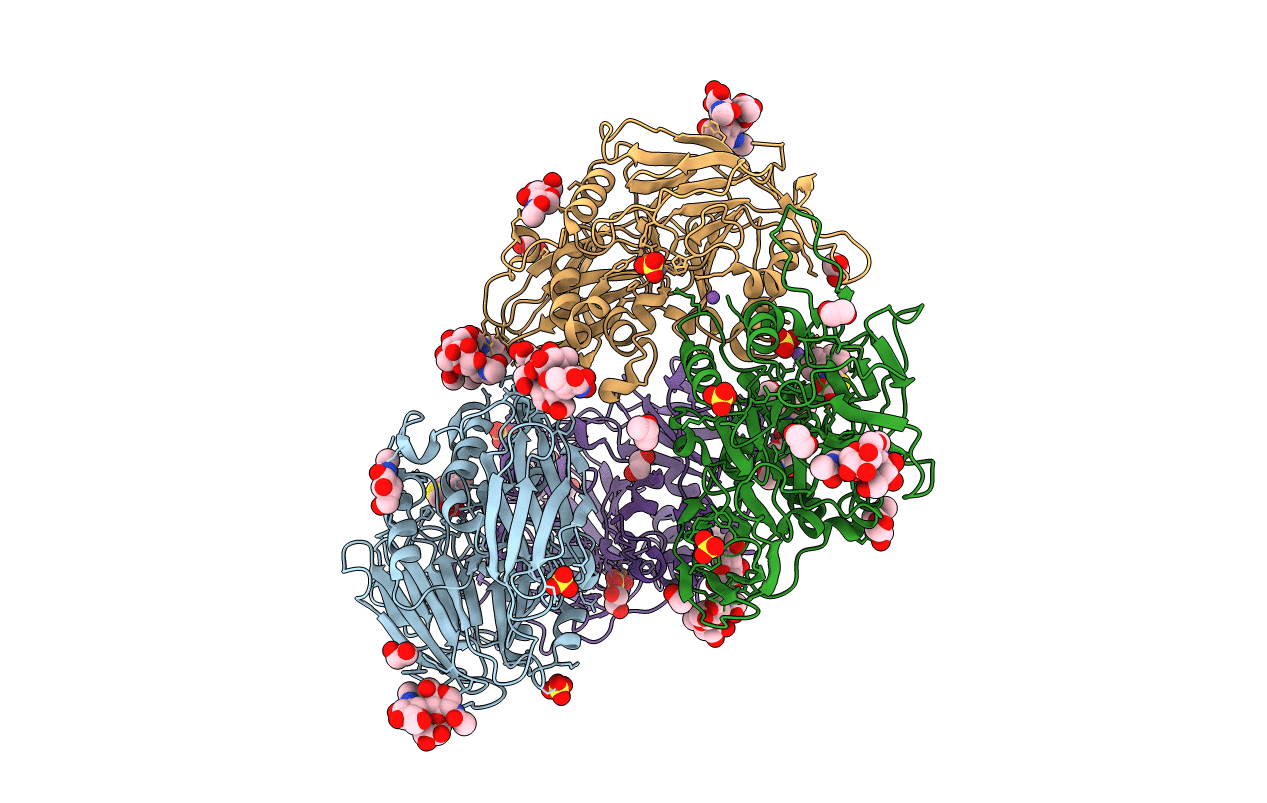
Deposition Date
2018-03-26
Release Date
2018-09-26
Last Version Date
2024-11-20
Entry Detail
PDB ID:
6G46
Keywords:
Title:
Red kidney bean purple acid phosphatase in complex with 2-(Naphthalen-1-yl)thiazole-4-carboxylic acid
Biological Source:
Source Organism:
Phaseolus vulgaris (Taxon ID: 3885)
Method Details:
Experimental Method:
Resolution:
2.40 Å
R-Value Free:
0.22
R-Value Work:
0.17
R-Value Observed:
0.17
Space Group:
P 31 2 1


